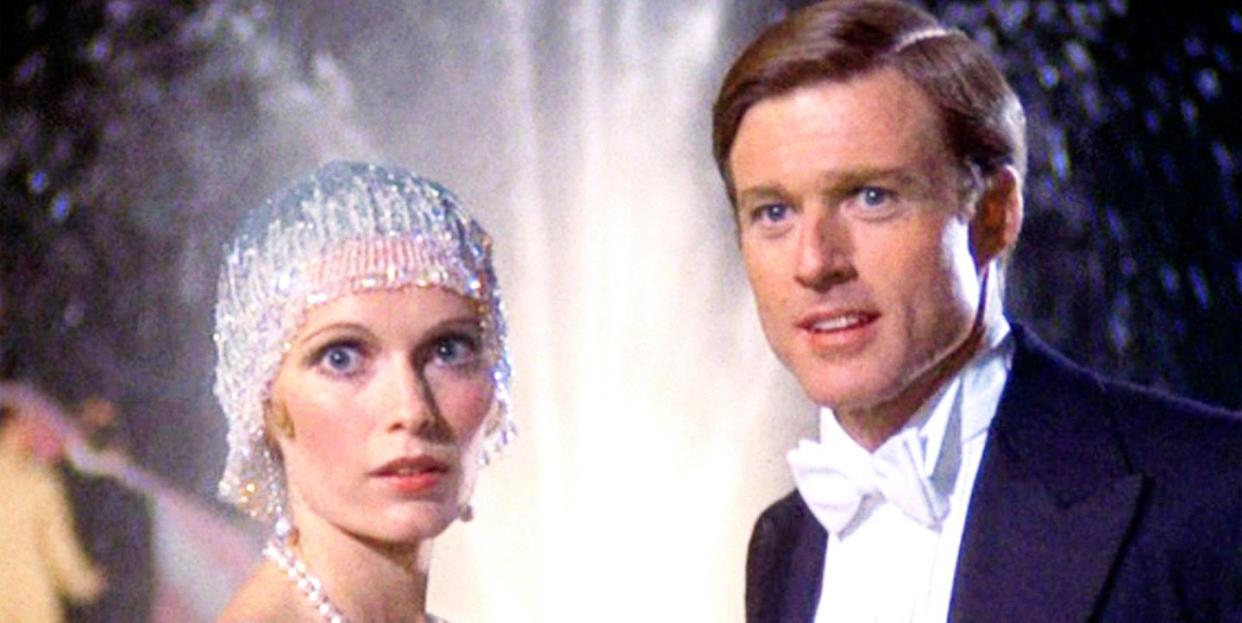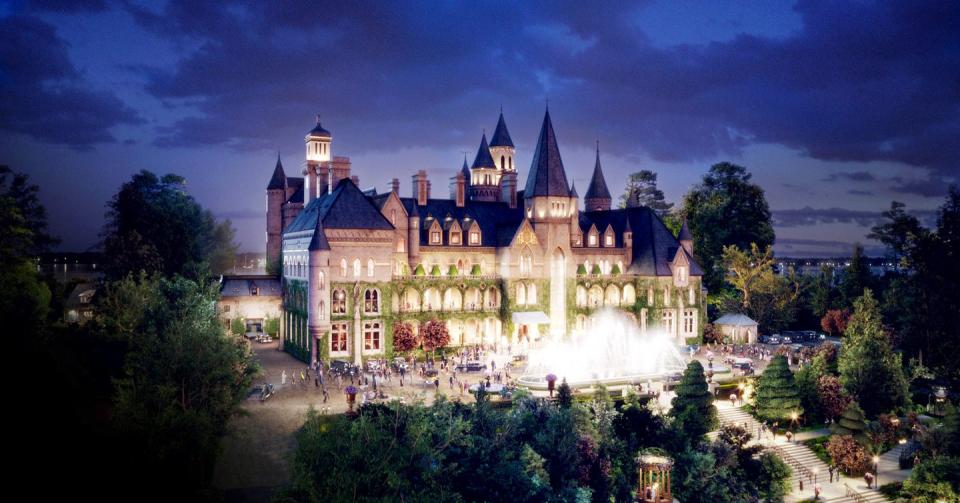The Great Gatsby's Nick Carraway Finally Gets His Own Story

On Christmas when I was 13, a family friend gave me a copy of Rebecca. I spent the next two days in my room reading Daphne du Maurier’s masterpiece. For those few days I wasn’t curled at the foot of an unmade bed, I was walking the grounds of Manderley. When the book ended, I was bereft. I wanted to return to that world. And, it turned out, I could! As the librarian told me, there was a sequel. I hastily added my name to the wait list and marked off the days impatiently as Mrs. de Winter worked its way to me.
At length it arrived, on a Friday, and I looked forward to a weekend of blissful transport. But when I started it, something wasn’t right. Yes, there were Maxim and the nameless narrator. There was—spoiler alert—Mrs. Danvers, who hadn’t perished in the fire at the end of Rebecca. It sounded like Rebecca, but…only in the way S Club 7’s “Natural” sounds like Fauré. I was disappointed, but more than that, I was angry. Who was this writer to play god? What right had she to show us Rebecca’s face, kill off one major character, and improbably resurrect an obviously dead villain, as if this were some Nightmare on Elm Street sequel?
This disappointment came back to me when I heard about Michael Farris Smith’s Nick, a buzzed-about prequel to The Great Gatsby. In the early days of the pandemic, my husband and I reread Gatsby, aloud, alternating chapters.

For all the chaos of that moment, I loved the feeling of immersion in that different world, the intensity, the frenzy, and the emptiness—after all, isn’t it a book about forgetting?
At the same time, it captured the savagery and color of New York. While its name has become shorthand for the Jazz Age, Gatsby doesn’t just evoke the world of flappers and champagne fountains, it gets at something far more lasting: the evergreen promise of reinvention. I wanted to go back to that New York, the one of possibility, of anonymity, of being disguised in plain sight. But as anyone who has seen either film version knows, Gatsby is hard to capture, and I wondered if, in trying to recreate the experience of reading the original, I’d feel the same outrage I’d known with Mrs. de Winter.
I’m pleased to report that Smith’s novel is respectful by comparison. Following Nick Carraway into the trenches of WWI, the cafés of Paris, and beyond, it’s an homage to Fitzgerald that doesn’t seek to exhume or recontextualize as much as to expand the world of Gatsby. To the extent I’d thought about Carraway’s backstory, I’d given him a sort of Fitzgerald trajectory: a Midwestern upbringing, an eastern college, the war. I certainly didn’t, like Smith, envision his Parisian amours with a mysterious lost soul, much less a stint in the New Orleans underworld.
At this point I’m no strict constructionist. I can enjoy a well-wrought novel for itself, even if it means giving Nick Carraway a shady past of his own. What used to seem a travesty—imposing one’s own view on a classic work—now seems like an act of generosity. On the one hand, it was disappointing that I didn’t get to see that New York I longed for, pulsing with opportunity and tragedy. Maybe it’s telling that a retelling, right now, doesn’t include the city at all. But I like to think of it this way: New York’s there waiting for him, an escape and a next act and, at the end of the day, the real story.
This story appears in the December/January 2021 issue of Town & Country. SUBSCRIBE NOW
You Might Also Like


